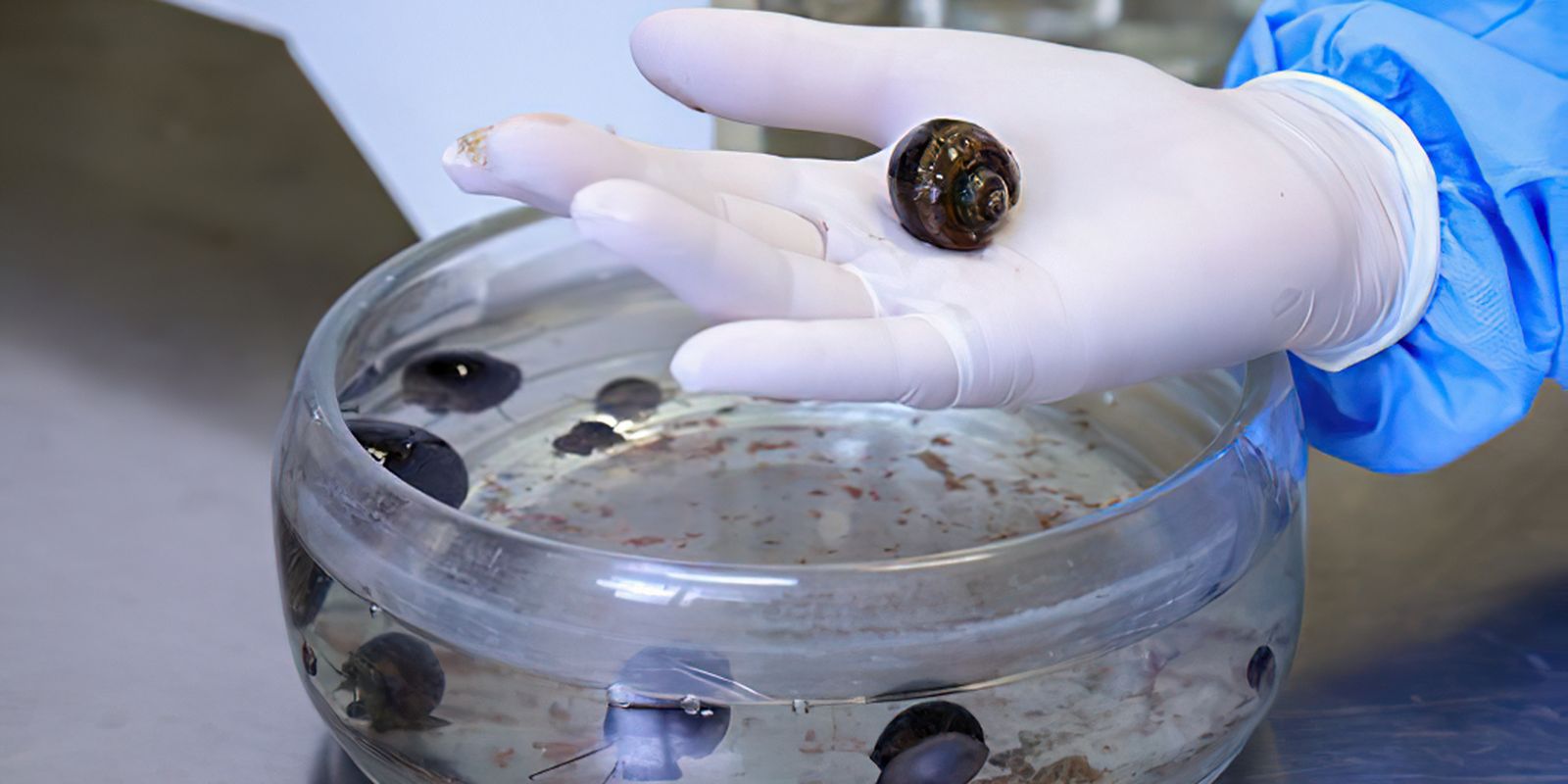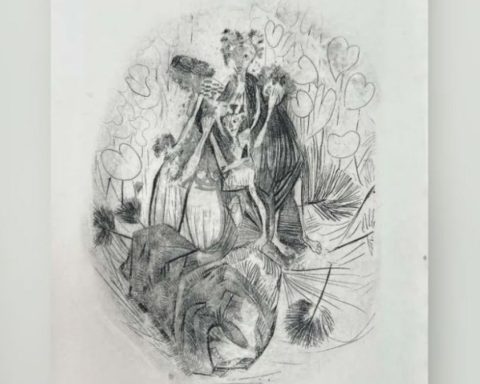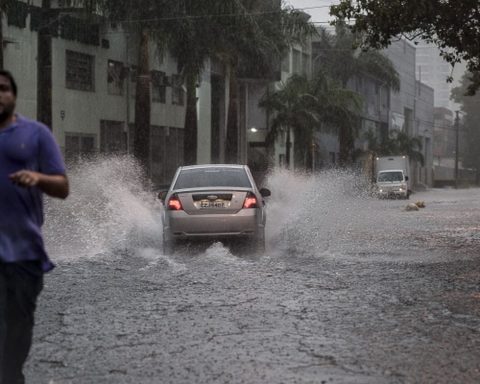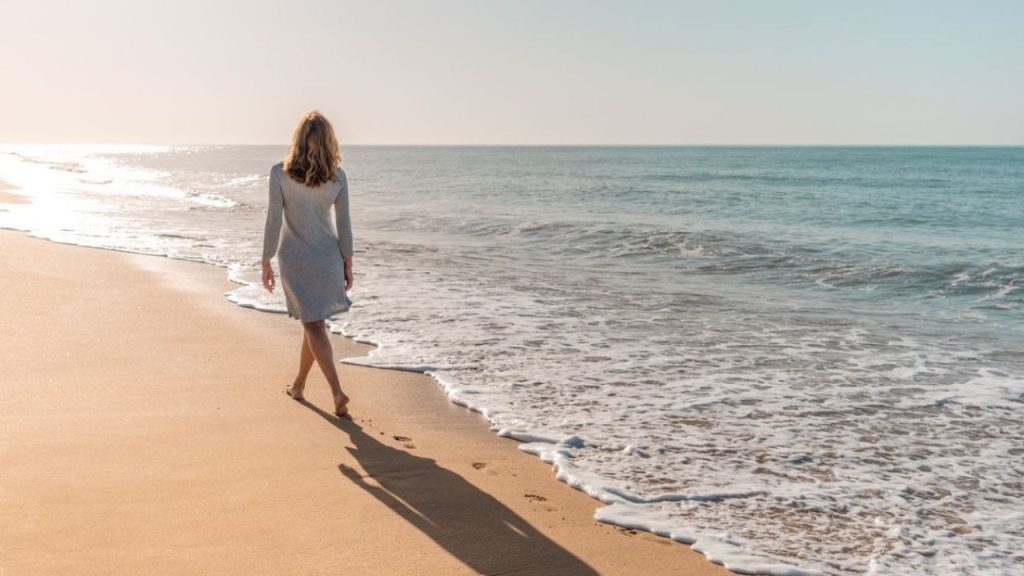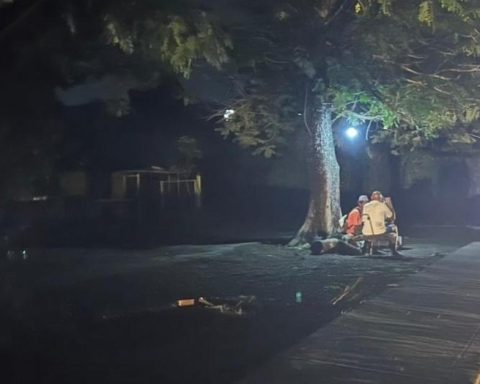Land molluscs infected with the worm Angiostrongylus cantonensis, which can cause meningitis, were found in 26 municipalities in Rio de Janeiro, by researchers from the Oswaldo Cruz Foundation. According to them, the results demonstrate that there is a risk of transmitting the disease. 
The unprecedented work was carried out by the Malacology Laboratory of the Oswaldo Cruz Institute, of Fiocruz, which is the Ministry of Health’s reference laboratory for studies on molluscs. 2600 animals were collected, between 2015 and 2019, in 46 municipalities in the Metropolitan Region and Centro Fluminense: 230 of them had the parasite, or 9%.
“The results indicate an epidemiological risk of transmission of eosinophilic meningitis, considering the high density of some species of molluscs and the wide distribution of the worm that causes the disease. Knowing the distribution of infected hosts is useful information for surveillance and can help to more quickly detect cases of the disease in local health services”, explains laboratory head Silvana Thiengo.
Terrestrial molluscs were collected manually in places such as vacant lots, parks and squares in all districts of the municipalities surveyed. Of the 14 species identified, six were infected with the eosinophilic meningitis worm. The species Achatina fulicapopularly known as the giant African snail, was the most frequent and with the highest number of infected specimens.
This is the species most associated with cases of meningitis, according to the researcher: “As it reproduces a lot, it contributes to dispersing the parasite in the environment and increases the risk of human infection in densely populated urban areas”, observes Silvana.
The researchers were also able to prove an unprecedented infection, when collecting snails of the species for the first time L. unilamellatwith the worm. “All these species of molluscs are widely distributed and are common in urban areas in Brazil, and can occur in abundance in residential yards, vegetable gardens, gardens and vacant lots, where urban rodents are also found that act as definitive hosts of the worm”, he adds. the deputy head of the Malacology Laboratory, Suzete Rodrigues Gomes.
Illness
THE A. cantonensis It has molluscs as intermediate hosts, permanently settling in rodents. Human infection occurs by accident, when people eat infected animals or the mucus released by them, with larvae.
Once inside our body, the parasite can cause inflammation in the meninges – the membranes that surround the central nervous system, including the brain and spinal cord. The most common symptom of the disease is headache, but it can also cause neck stiffness, fever, visual disturbances, nausea, vomiting and a tingling or numb sensation. In most cases, the patient heals spontaneously, but the condition can worsen and even lead to death.
In April 2024, a person died from eosinophilic meningitis in the city of Nova Iguaçu, in Baixada Fluminense, and infected snails were found where she lived. Historically, around 40 cases of the disease have been confirmed in Brazil, but there are more than a hundred suspected cases reported in the states of Amapá, Espírito Santo, Pará, Paraná, Pernambuco, Rio Grande do Sul and São Paulo, in addition to Rio de Janeiro.
Prevention depends mainly on hygiene measures and control of host proliferation. You should never eat shellfish of unknown origin, especially raw or undercooked, and you should wear gloves whenever you need to handle snails, snails or slugs, when caring for vegetable gardens and gardens, for example.
Furthermore, as these animals live among vegetables, they must be cleaned before consumption, soaking them for 30 minutes in a mixture of one tablespoon of bleach for every liter of water, then rinsing with running water. . It is also recommended to exterminate the giant African snail with boiling water, brine or chlorine. Afterwards, the shells must be broken and buried or thrown in the trash.
The researchers also ask that city halls intensify the collection and analysis of molluscs, in addition to reinforcing urban cleaning, to prevent the proliferation of animals, and health education, so that the population knows how to act and not expose themselves to infection.
